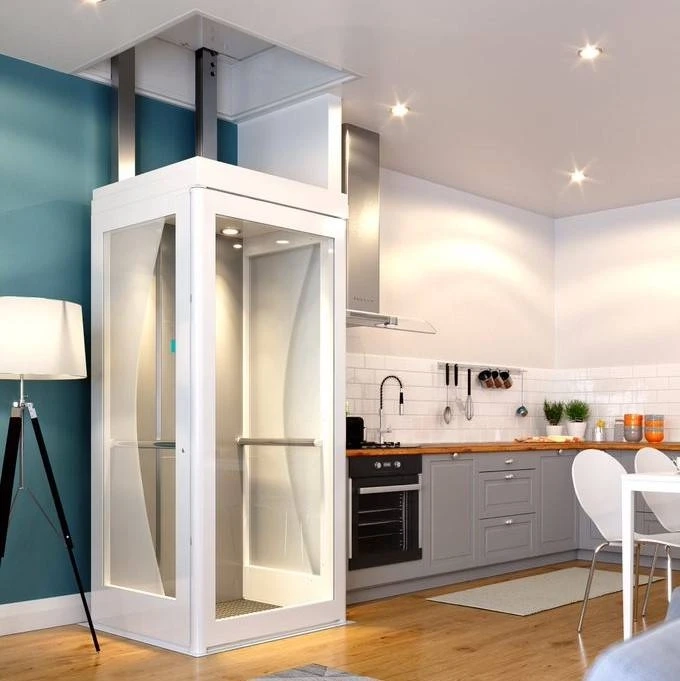As individuals age, maintaining independence and safety within their own homes becomes increasingly important. One area that requires special attention is the bathroom, as it can pose challenges and hazards for the elderly. Thankfully, there are numerous adaptations that can be made to create a safer and more accessible bathroom environment. In this article, we will explore the top 8 bathroom adaptations for the elderly, offering practical solutions to enhance comfort, reduce accidents, and promote independence.
Grab Bars
Grab bars are an essential addition to any elderly-friendly bathroom. These sturdy bars are installed strategically in areas where support is needed, such as next to the toilet, near the shower, or inside the bathtub. Grab bars provide stability and assistance for individuals with balance issues or limited mobility, allowing them to navigate the bathroom with greater ease and confidence. It is crucial to ensure that grab bars are securely installed, capable of bearing weight, and properly positioned for optimal functionality.
Walk-in Bathtubs
Traditional bathtubs can present significant challenges for the elderly, with their high sides and the need to step over them to access the bathing area. Walk-in bathtubs are designed to address these issues by featuring a door that allows individuals to enter and exit the tub without having to step over the side. These bathtubs often include built-in seats, grab bars, and non-slip surfaces to further enhance safety and comfort during bathing. Walk-in bathtubs provide a convenient bathing solution for the elderly, reducing the risk of slips, trips, and falls.
Shower Seats
Shower seats are invaluable bathroom adaptations for the elderly. These seats provide a stable and secure place to sit while showering, minimizing the risk of falls due to slippery surfaces or fatigue. Shower seats can be wall-mounted or freestanding, and they are available in various designs and materials to suit individual preferences and bathroom layouts. When selecting a shower seat, it is important to ensure it is non-slip and capable of supporting the user's weight.
Non-Slip Flooring
Slippery bathroom floors can be a major hazard, especially for the elderly. Installing non-slip flooring is an effective adaptation to prevent falls and promote safety. Non-slip flooring options include textured tiles, rubber flooring, and anti-slip mats. These materials provide traction and reduce the risk of accidents, even when the bathroom floor is wet. It is recommended to cover the entire bathroom floor with non-slip surfaces or strategically place them in areas prone to water accumulation, such as in front of the shower or bathtub.
Handheld Showerheads
Handheld showerheads offer increased flexibility and convenience for individuals with limited mobility. These showerheads can be easily adjusted and directed to specific areas of the body, allowing the user to shower while seated or without having to reach and strain. Handheld showerheads enable individuals to maintain their independence during bathing and provide a more comfortable and efficient experience.
Raised Toilet Seats
For individuals with mobility issues or difficulty in sitting down and standing up, raised toilet seats are an essential adaptation. These seats are designed to increase the height of the toilet, making it easier for the elderly to use without excessive bending or straining. Raised toilet seats come in various heights and can be installed directly onto the existing toilet bowl. Some models also offer additional features such as armrests for added support and stability.
Adequate Lighting
Good lighting is crucial in any bathroom, but it is particularly important for the elderly. Proper illumination helps prevent accidents and allows individuals to see clearly, reducing the risk of tripping or falling. Ensure that the bathroom is well-lit by installing bright, energy-efficient light fixtures. Consider adding motion-sensor lights or nightlights to provide illumination during nighttime bathroom visits. Additionally, it is recommended to place light switches in easily accessible locations to facilitate convenient operation.
Lever-Style Faucets
Traditional faucet knobs can be challenging for individuals with limited dexterity or strength in their hands. Lever-style faucets are a more user-friendly alternative, as they can be easily operated by pushing or pulling the lever. Lever-style faucets require less effort and provide better control over water temperature and flow. Installing lever-style faucets in the bathroom promotes independence and simplifies daily tasks such as handwashing and teeth brushing.
Conclusion
Bathroom adaptations for the elderly play a crucial role in maintaining safety, comfort, and independence within the home. The top 8 adaptations discussed in this article - grab bars, walk-in bathtubs, shower seats, non-slip flooring, handheld showerheads, raised toilet seats, adequate lighting, and lever-style faucets - address common challenges faced by the elderly in the bathroom. By implementing these adaptations, individuals can transform their bathrooms into accessible spaces that promote confidence, reduce accidents, and enhance quality of life for elderly residents.
Website:- https://adaptmyhome.co.uk
Get Map:- https://goo.gl/maps/8akGrKMgaJUGu7Zi6
Contact Information
Adaptmyhome
Address:- 160 Heol Llanishen Fach, Cardiff, CF14 6RG
Phone:- 029 2061 1277
Email:- hello@adaptmyhome.co.uk
External Links:-


